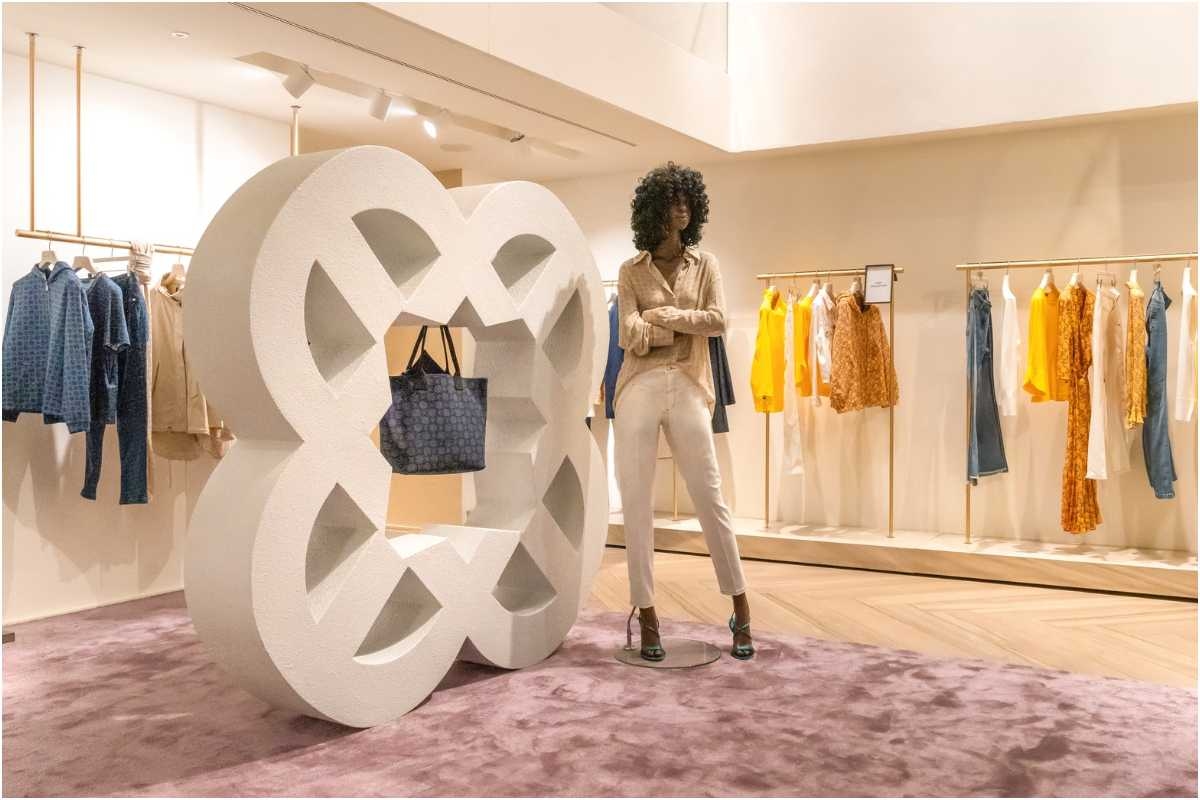High fashion is the new slavery: workers exploited and underpaid by luxury houses

The luxury gangmaster system
Workers haven't been paid for a month and a half; thousands of companies systematically evade inadequate controls. The government protects brands and ignores those who work there.

I remember when the book Gomorrah came out. Today, for many, it's a pop culture reference. Instead, it was something else: it was an investigative novel about an entire economic system based on illegality. The second chapter was titled "Angelina Jolie ." It explained that the white suit the diva wore to the 2001 Oscars had been sewn by a tailor named Pasquale, who worked illegally in a clandestine factory in Arzano.
In those years, and with that book, the ambiguities of the Made in Italy concept emerged. A concept based on the " criterion of the last substantial processing or transformation ": a product simply needs to be finished in Italy to be deemed manufactured in the country. Meanwhile, the excellent tailoring for major brands is carried out in conditions of human and entrepreneurial misery. Gomorrah, through Saviano's voice, didn't just expose the Camorra: it exposed an entire economic system founded on illegality, where global luxury was supported by the invisible and exploited labor of artisans without rights. Pasquale's story wasn't an exception, but the rule of a supply chain that stretched from Secondigliano to Milan, from Arzano to Paris. And that suit, a symbol of Hollywood elegance, became the manifesto of hand-sewn shame.
Many years have passed. What has changed? That production system founded on illegality, exploitation, and the invisibility of workers is still among us, more sophisticated, quieter, and more protected than before . Alviero Martini, Armani, Dior, Valentino, Loro Piana, Tod's: investigations continue into luxury fashion brands that outsource production to companies that exploit workers . The hypothesis of a chain of subcontracting that extends to clandestine factories has clearly emerged. Products are made with labor employed without fixed hours, with paltry wages below the minimum wages of the National Collective Labor Code. On the basis of true slavery, luxury items are manufactured at extremely low production costs. These items are then sold for thousands of euros.
I have repeatedly denounced in these pages, but especially in Parliament, the serious forms of gangmastering emerging in the textile, fashion, and luxury sectors. Yet, major brands continue to remain unaccountable. In Alba di Prato, Patrizia Pepe hides and refuses to sit at the supply chain table, facing workers who have been out of work for a month and a half and unpaid since July. Yet the government not only ignores, ignores, and ignores. It not only allows 19th-century working conditions and quasi-slavery to slide by, facing thousands of companies that systematically evade insufficient controls.
It has done worse: promoting the disappearance of the client's civil and social responsibility. This progress was achieved with Law 231 of 2001. With the so-called "certified fashion supply chain," it introduced the de-responsibility of client companies, instead of introducing more controls and clear responsibilities along the entire supply chain. The right has therefore chosen its side: protecting the reputation of brands, but not the rights of workers. I have asked Minister Urso and Minister Calderone to answer for this in Parliament and before the country, because I believe there is nothing more urgent today than restoring transparency, justice, and humanity to what we call Italian excellence. We await answers.
l'Unità





